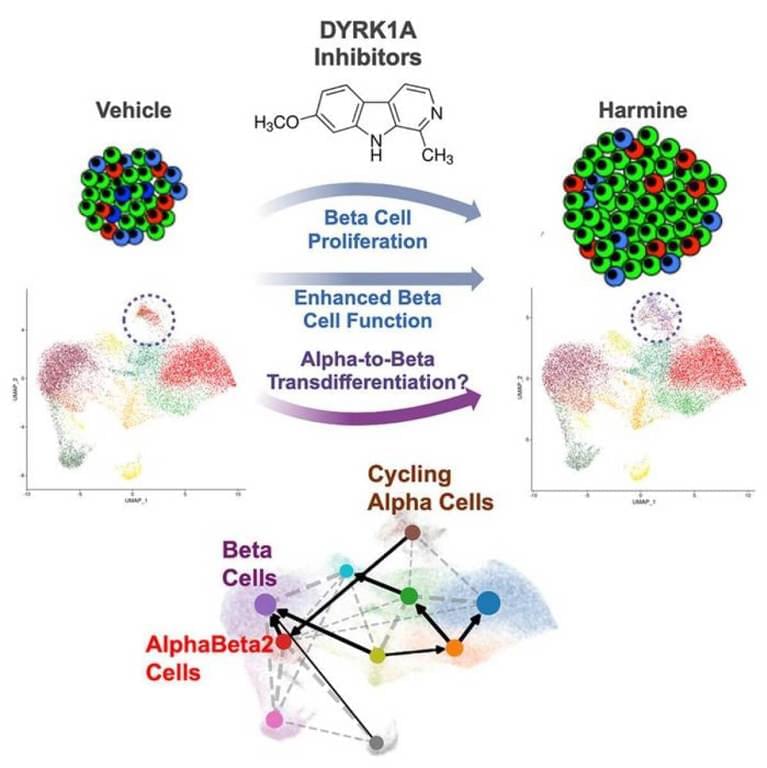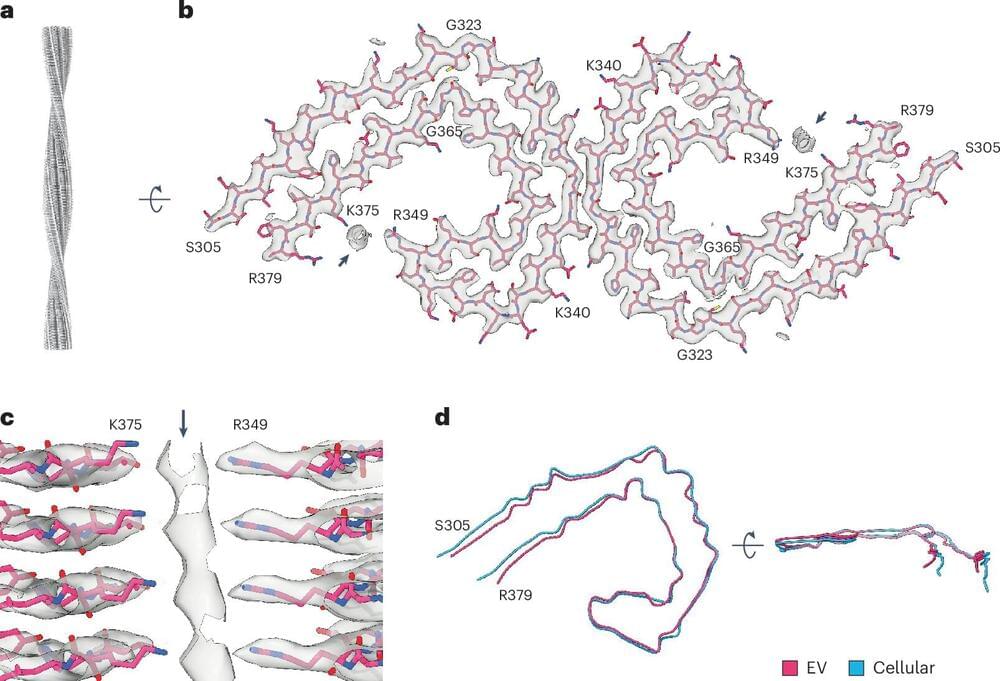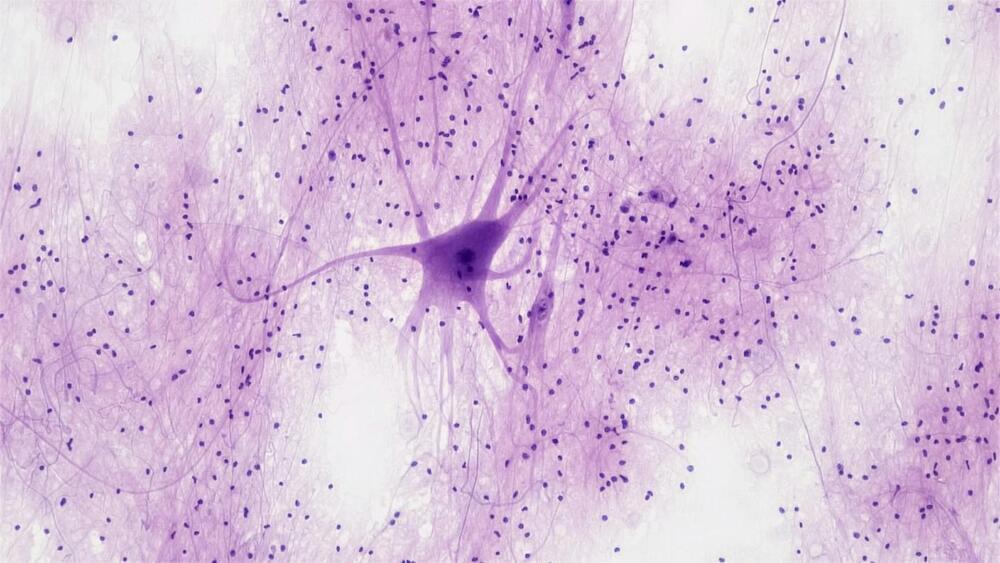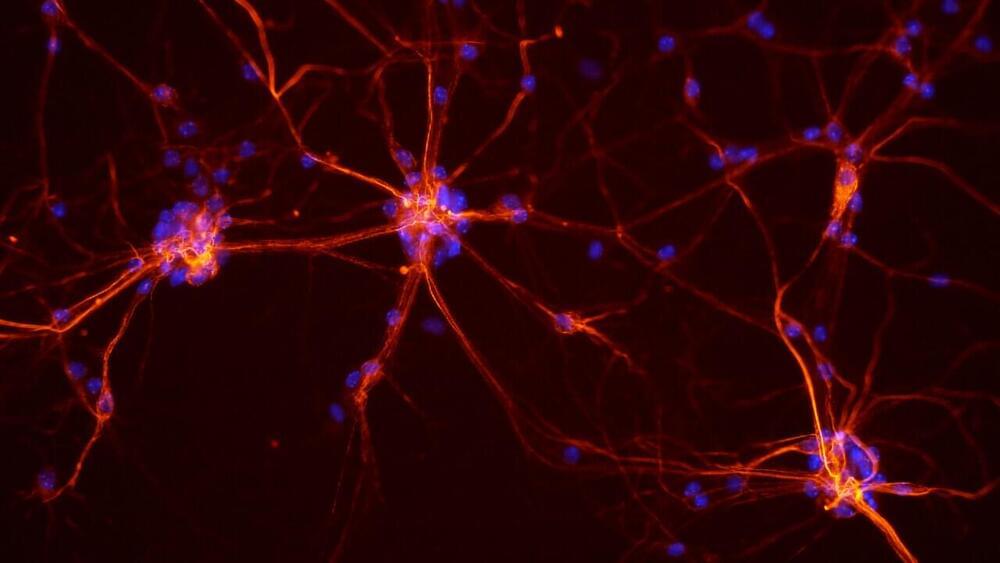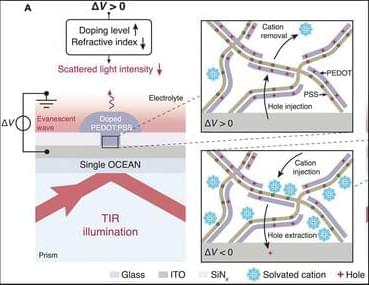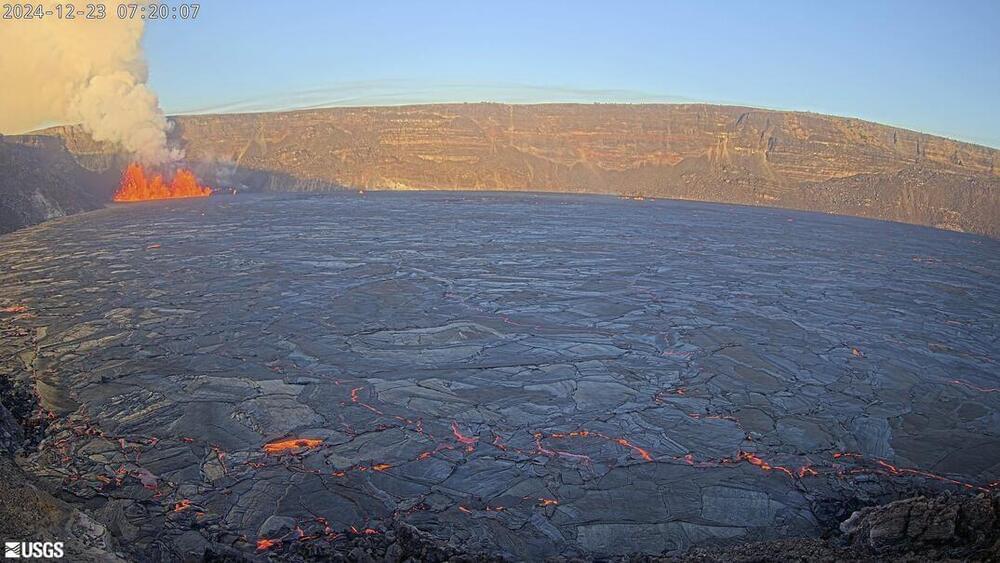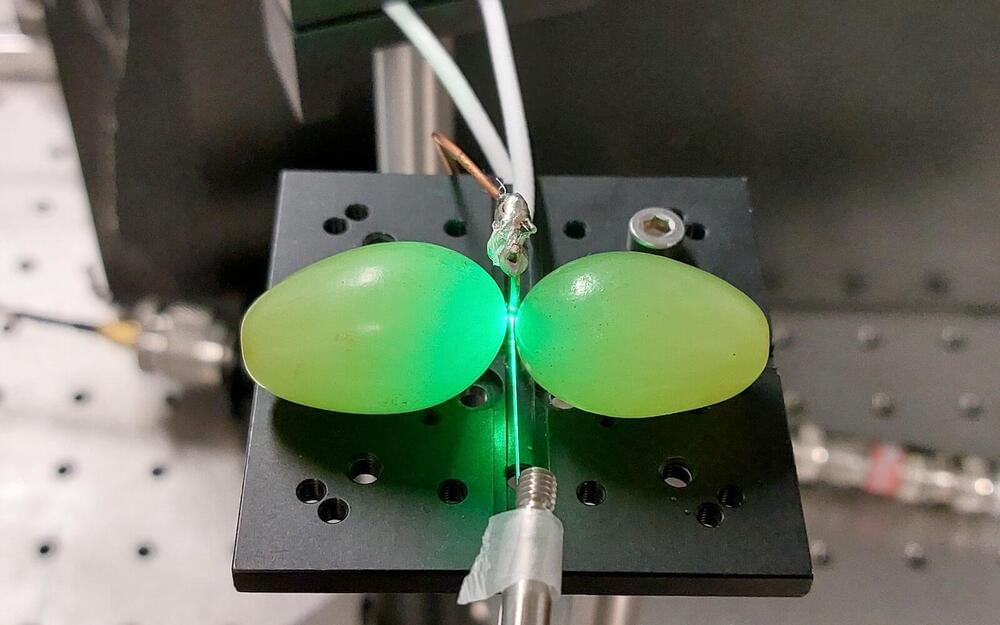Dec 23, 2024
Scientists believe that light-speed travel may be achievable. Here’s how
Posted by Shubham Ghosh Roy in categories: energy, nanotechnology
Warp Bubbles: Scientists May Have Found a Real Pathway to Light-Speed Travel. Here is some key information for you to watch before deciding to read the whole article. Thanks for visiting us!
In 2020, physicist Harold “Sonny” White discovered a peculiar energy pattern that resembled a potential nanoscale warp bubble—the first real hint toward faster-than-light travel.


